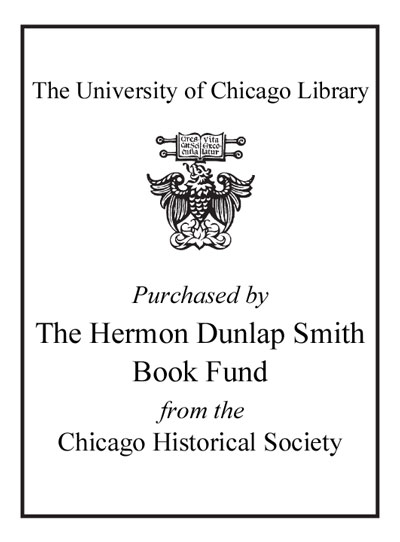Review by Choice Review
Cotton, rice, sugar, tobacco, and coffee were major plantation crops in the American tropics. In Cuba, sugar, tobacco, and coffee plantations thrived, worked by slave labor until emancipation in 1886. Fernando Ortiz's classic Cuban Counterpoint (1940) contrasted sugar and tobacco slavery in Cuba. Now, in the first major work on Cuban coffee and its slave system, historian Van Norman shows how the requirements of different plantation crops affected the daily life and organization of the slave labor force. Coffee slavery was not as harsh and regimented as sugar slavery. Slaves on Cuban coffee farms married, lived in families, and cultivated their own food gardens. They succeeded in creating music and ritual. Their independent economic activities brought them income to spend as they liked. In short, Cuban coffee slaves created, maintained, and passed on culture despite their unfree condition. They were not the only slaves in the American tropics who succeeded in exercising limited autonomy, a topic on which there is a large literature. Yet coffee slavery in Cuba has not been investigated until now, making this is a valuable and accessible book for all college libraries. Summing Up: Highly recommended. Upper-division undergraduates and above. R. Berleant-Schiller emerita, University of Connecticut
Copyright American Library Association, used with permission.
Review by Choice Review

